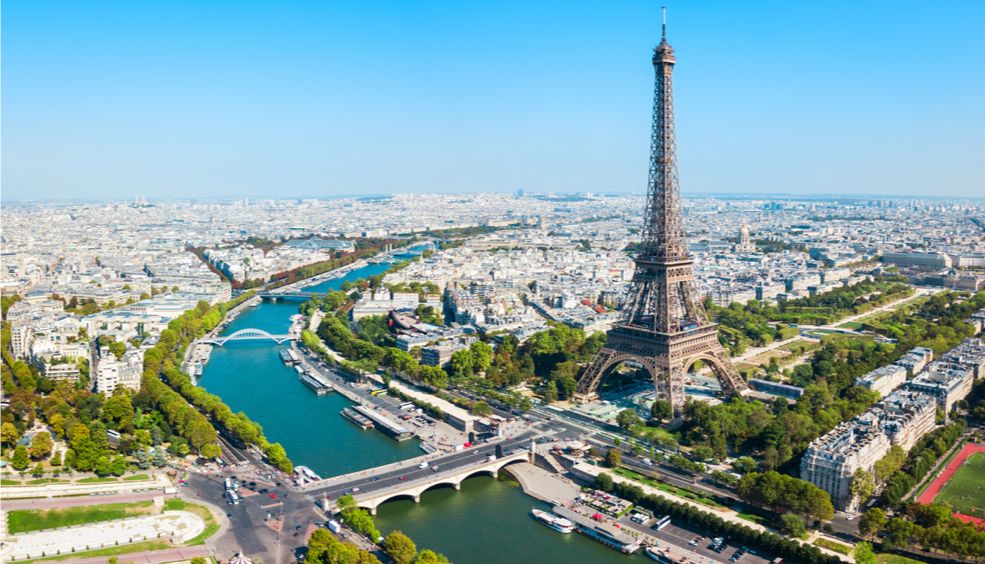Quest For the Best Bubbles in the Penedès
Half an hour south of Barcelona lies the Penedès DO wine region, primarily noted for being a leading producing centre of cava, one of Spain’s most celebrated sparkling wines. A mainstay of all major celebrations in the country, the origins of this “Catalan champagne” go back to the mid-19th century. French champagne arrived in the area around 1820 and a certain Luis Justo Villanueva of the Instituto Agrícola Catalán de San Isidro was one of the first vintners to try out and advocate the traditional champenoise method required to produce this innovative product. However, it was the Reus-based firm Soberano & Cía, run by Domènec Soberano i Mestres and Francesc Gil i Borràs, that first marketed the product, presenting it at the Paris World Fair of 1868.
Initially, the same grape variety was used as in champagne, but, owing to the phylloxera epidemic of 1887 which ravaged the local vines, the use of indigenous grape varieties was introduced, endowing the cava we know today with its distinctive personality. The main varieties are macabeo, parellada and xarel·lo.
It was originally known as champagne but, as a result of French champagne being awarded “protected geographical status” in 1972, the Catalan variety began to be called cava, named after the cellars (cavas) where the wine reposes during its production.
Well, what’s in it for anyone wishing to set out in search of those delicious bubbles? For starters, there is the product itself, a worthy equal to its French counterpart in terms of quality. And, those who are not particularly fond of sparkling beverages can always embark on tasting sessions of the region’s other wines, which deserve a section of their own. Then there is the scenery, characterised by vineyards stretching across the land and the proximity of the Mediterranean, in addition to the villages where the wine cellars are located. And, if you’re eager for still more, you can explore the region’s culinary offerings and the enotourism activities hosted there, noteworthy being the Wine and Cava Routes, a set of ten trails taking you through the different vineyards. What more could you ask for?
The town of Sant Sandurní d’Anoia is regarded as the “cava capital” of the DO Penedès wine region as 75% of the area’s production is concentrated here. It is thus a fitting point of departure for embarking on any route associated with this fine sparkling wine. You could make an initial stop at the Cava Interpretation Centre, a 1,200-square-metre space where you can learn about cava production, as well as its history, origins and other details.
Before or after visiting some of the wine cellars, we recommend taking a stroll in the town centre as a number of interesting Modernist buildings are located there. Noteworthy examples of such Art Nouveau edifices include the Lluís Mestres House, Cal Rigol, the Escoles Noves building and the headquarters of the Ateneu Agrícola.
Then comes the time for venturing into some of the myriad wineries in the town. Among the most popular is Cava Codorniu, which dates back to 1872. Apart from its cava, one of its standout features is the building itself, designed by the Modernist architect, Puig i Cadafalch. A curiosity you will discover on a visit to this winery are its 26 kilometres of underground cellars. The other great winery, of international fame, is Cava Freixenet, which first opened in 1861. The building, in Noucentista style with Modernist touches, is one of the leading works of the architect, Josep Ros Ros.
The following list features all the wineries and cavas making up the DO Penedès, showing their location and contact details, to help you plan a trip through the region and visit your favourites.
Make a point of striking a trail through the DO Penedès in search of its main cavas and wineries – book your Vueling to Barcelona here.
Text by Los Viajes de ISABELYLUIS
Images by Angela Llop, MARIA ROSA FERRE
more info
The most famous theatres in Europe
Fancy a night at the opera? No, we're not talking about the film by the Marx Brothers – we mean the real opera. We would like to invite you to dress up to the nines and go on a tour of Europe's historic theatres, to enjoy important operas and contemporary dramas, and even pop concerts. Let's go back in time and take a look at the history of the most famous theatres in Europe. The curtain goes up...
more infoThe 7 essential summer music festivals
Classic summer questions (“Where are you off to this summer?” “Which month are you taking holidays?” and so on) include the typical one of a friend wondering which music festival you'll go to this year. Every summer when the temperatures start rising and the good weather begins, your mind turns to that festival that you never miss year after year... Or perhaps your festival ego wants to experience something new and outside your comfort zone this year?
With too many summer 2018 festivals to choose from, we wanted to offer a selection of the most appealing, the most interesting, the ones that we wouldn't want to miss... Here they are!
These are Vueling’s new routes to Paris-Orly
New routes connecting Paris with Spain, Italy, UK, Denmark, Germany, Norway, Sweden, Ireland, Morocco and Malta, since November 2021.
more info




